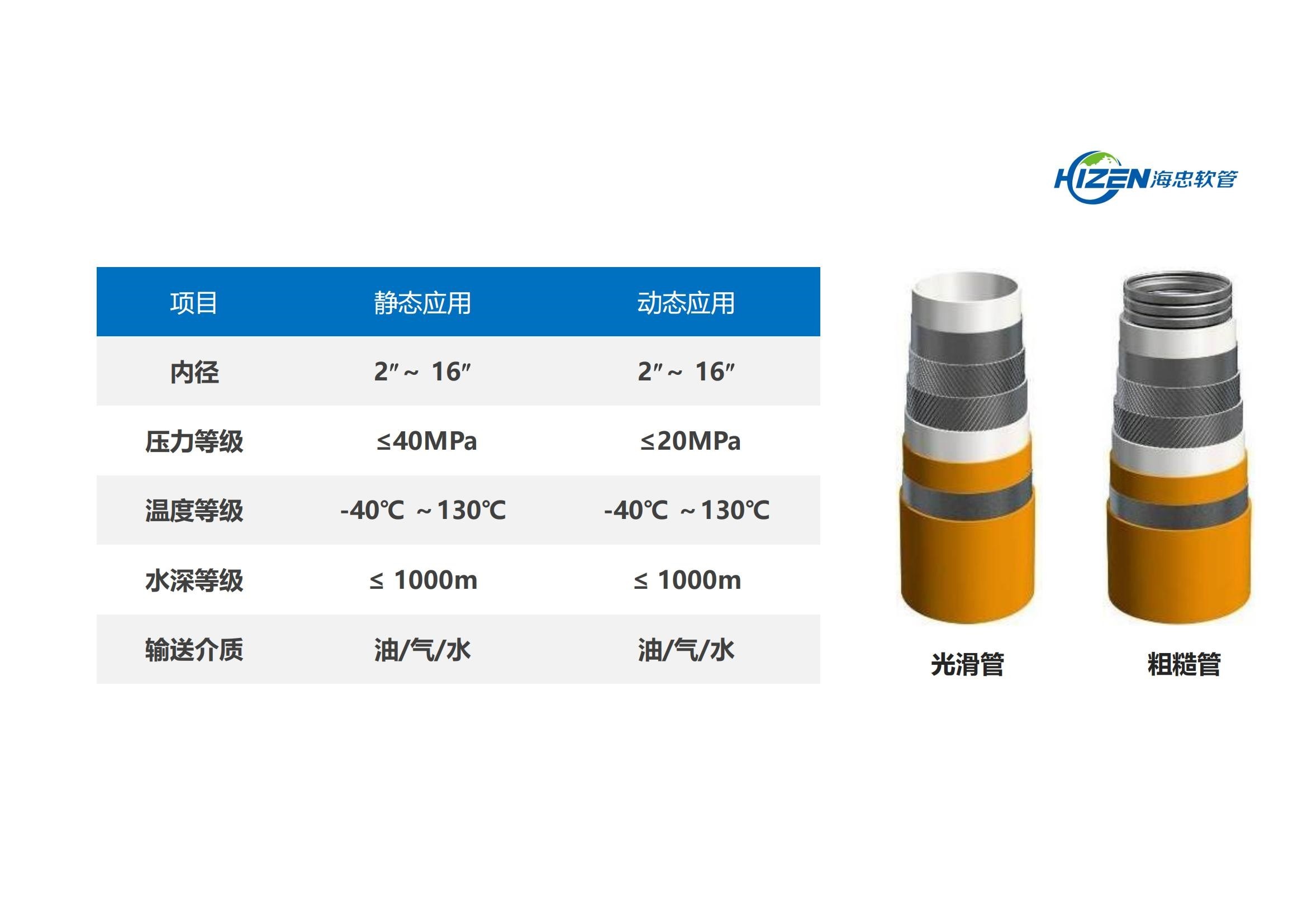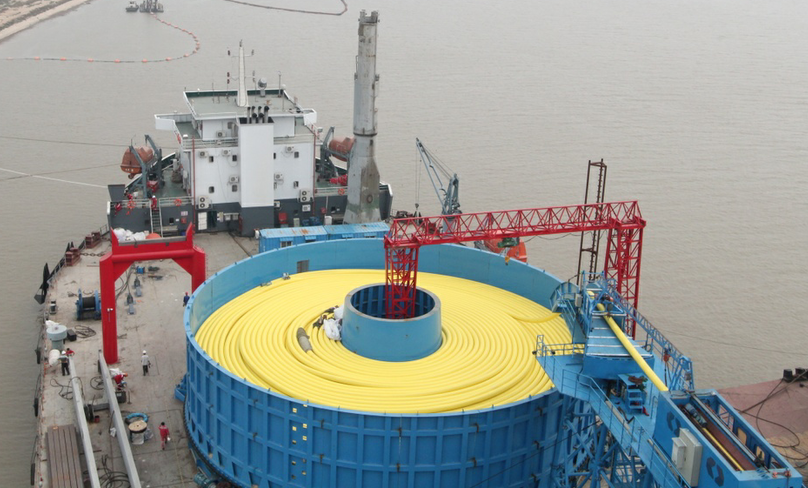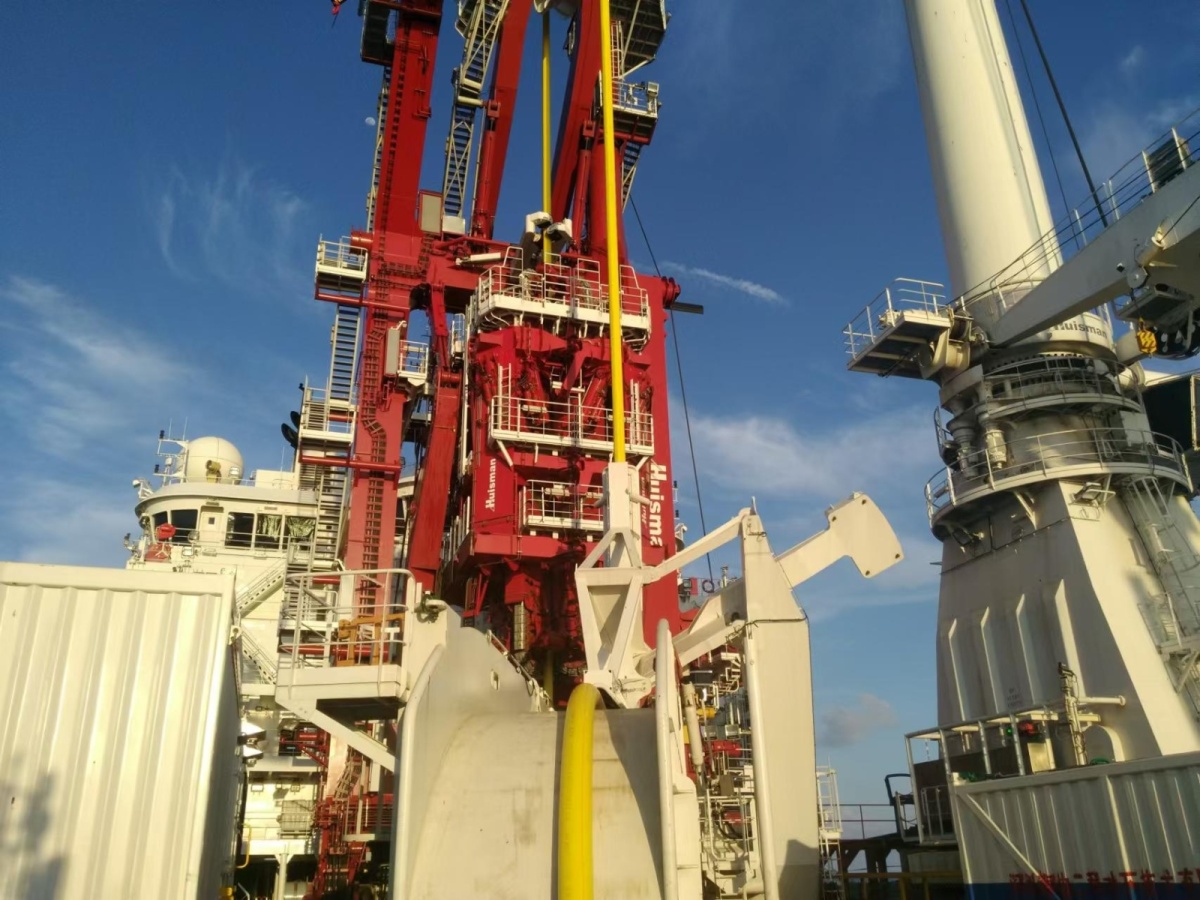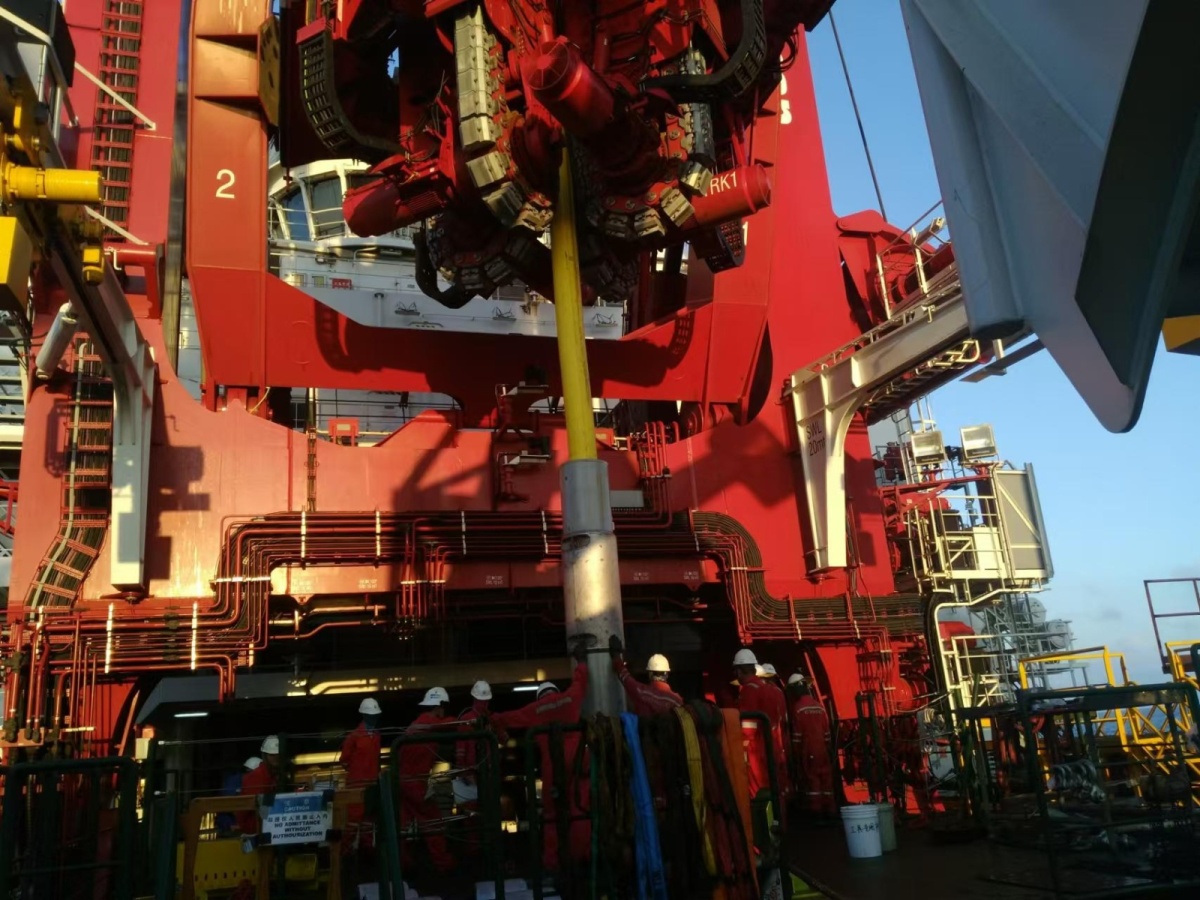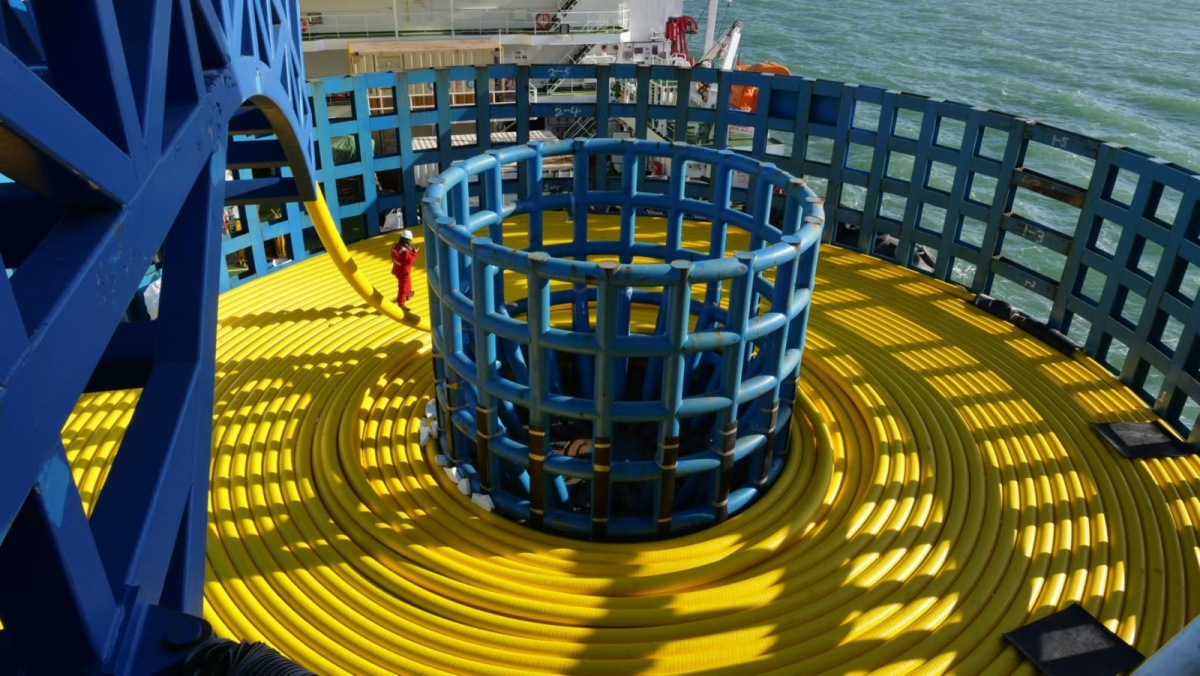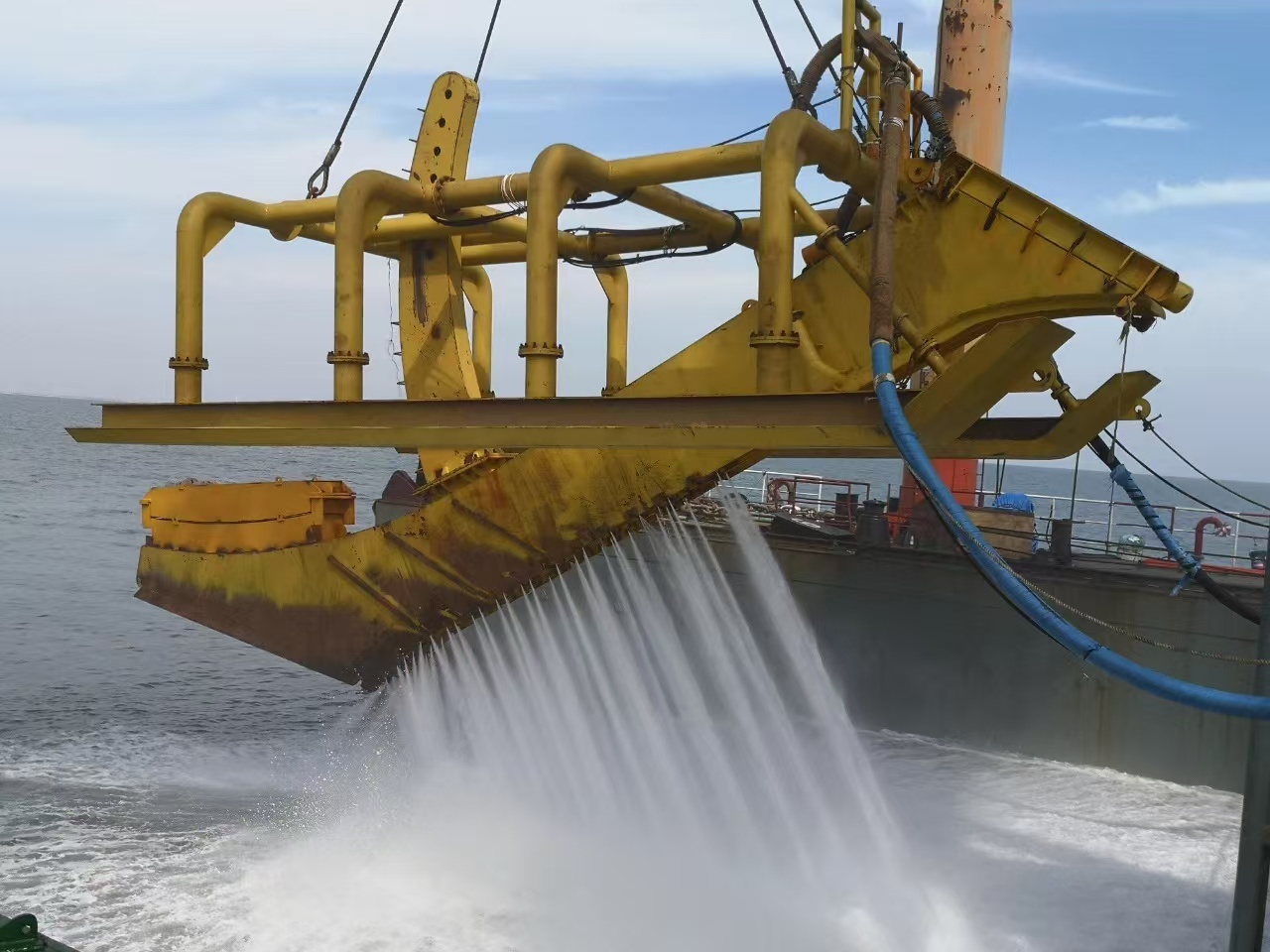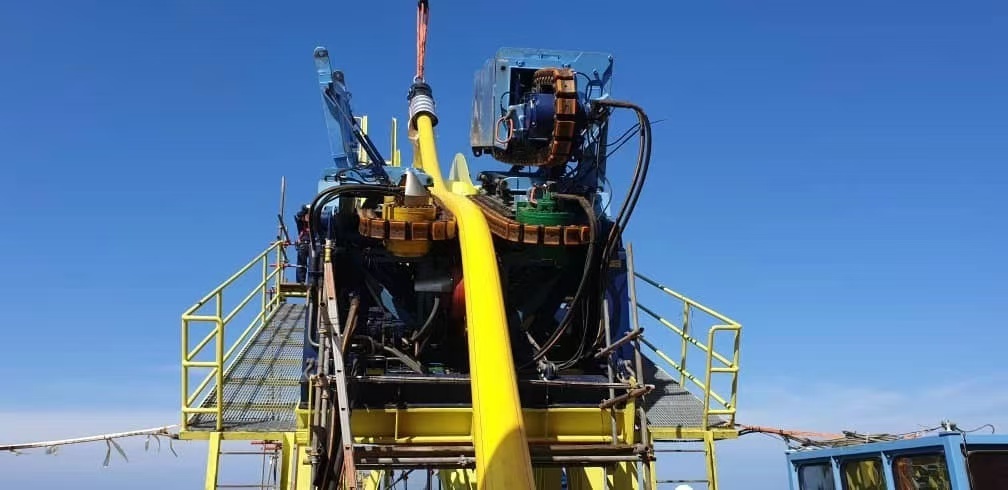Compared with steel pipes, subsea non-bonded flexible composite hoses have good compliance and continuity, and are resistant to high temperature, high pressure and strong corrosion, which can be used for the development of ultra-deep sea resources above 6000m, and play a key role in the development of offshore oil and gas resources.
Typical pipe bodies of subsea non-bonded flexible composite hoses mainly include: skeleton layer, inner lining layer, compressive armor layer, wear resistant layer, tensile armor layer, intermediate layer (multi-layer, multi-structure, optional) and outer cladding. The roles and tasks of each layer in the hose are different, and each layer can be designed according to the actual requirements, and the structure of each layer requires different molding manufacturing equipment and processes for production.
Offshore hose engineering applies comprehensive materials science, structural mechanics, thermodynamics and mechanical manufacturing and other disciplines to develop cross-section design theory and optimize processing and manufacturing technology, so as to provide a reliable guarantee for the realization of independent innovation and localization.
Typical structure of marine hose

Haizhong hose product parameters
